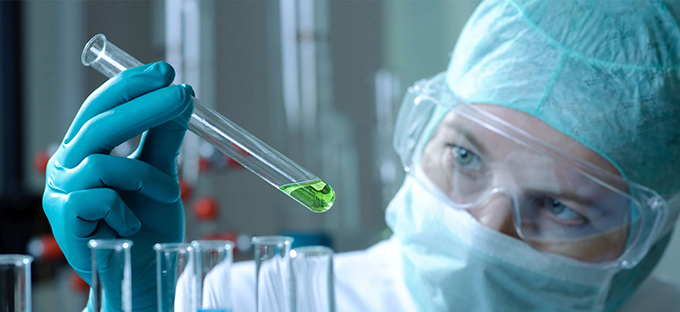
Whether you have a basic or intimate understanding of what cancer can do to the human body, you’ve likely heard that it has to do with an uncontrolled growth of cells in various organs. Those outside the medical community may not understand that this process is cell proliferation. When it occurs normally, it is a typical part of bodily function. However, with the advent of cancer, more and more effort is going into cell proliferation and measuring it. This takes place in hopes of finding out what causes a normal process to steer into such a harmful course.
The Role of Cell Proliferation
Every single tissue or organ in the body is comprised of cells, but what you may not know is exactly how many. On average, these cell populations can total more than 1014 (100 000 000 000 000). To give you a further idea, 1012 (1 000 000 000 000) are shed over each day. To replenish this total and keep the body working, we need new cells. This is where cell proliferation comes in.
New cells are designed to replenish old cells, but the body tightly regulates this to make sure you get the proper amount. The end result is that the amount of the cells in the body should stay unchanged. This is done via the cell cycle. The cell cycle is a tightly ordered series of events that requires passage through several phases, known as checkpoints. These are controlled by the genes in our body. While this affects all the cells in our body, not all cells are alike. For example, skin and bone marrow cells proliferate throughout life, while bone and muscle cells stop proliferating in adulthood. The average cell stays in a non-proliferating state until it receives a signal. Where the issue of cancer begins is when cells begin to ignore signals the body provides.
How Things Can Go Awry
We hear many different things that lead to increased levels of cancer, but at the core, what truly causes it are mutations in the cells. According to research findings, most cancer cells possess 60 or more mutations. What causes cancer to spread is that like all other cells, cancerous cells grow and divide, the process of proliferation. What makes them different is that signals from other cells, the type that normally would tell them to stop, get ignored. As a result, things become unbalanced, and we see the array of medical issues that accompany a cancer diagnosis.
We mentioned before that mutations are the cause for a cell becoming cancerous. What becomes harder is pinning down what mutations lead to what type of cancer. This is a major reason why the science of cell proliferation has become so important. In fact, some mutations specifically inactivate the genes responsible for inhibiting cell proliferation.
Using Our What Our Cells Teach Us For Future Benefit
As a result, we can potentially gain insight by looking at normal and abnormal cells to see how they change and proliferate. This is done through cell proliferation assays. These essential parts of stem cell and cancer cell pathway analysis generally fall in one of three categories. These are either based on synthesis (3H thymidine incorporation, BrdU), metabolic activity (Alamar blue, LDH) and ATP concentration (luciferase bioluminescence).
At this point, you’re likely wondering which of the three is the best cell proliferation assay option. Well, there is no perfect answer to that. In general, it’s going to depend on your cell types, as well as what your protocol is. For example, do you have single cells? If so, your best option may be measuring synthesis with BrdU labeling, then tagging it with a fluorescently labeled antibody. After that, use FACS (fluorescence-activated cell sorting) to examine each cell by flow. Most importantly, recognize that all three of these methods are common. As a result, reliability isn’t what you should worry about. It’s going to be a matter of knowing what your options are and what suits you best.
Cancer is the main reason that we focus on cell proliferation in medical science, whether it’s understanding what makes it work or working towards a potential cure. However, there are still many different aspects of it worth of investigation. For this reason, keeping an eye both on the process itself and the means we have to measure it are paramount.
